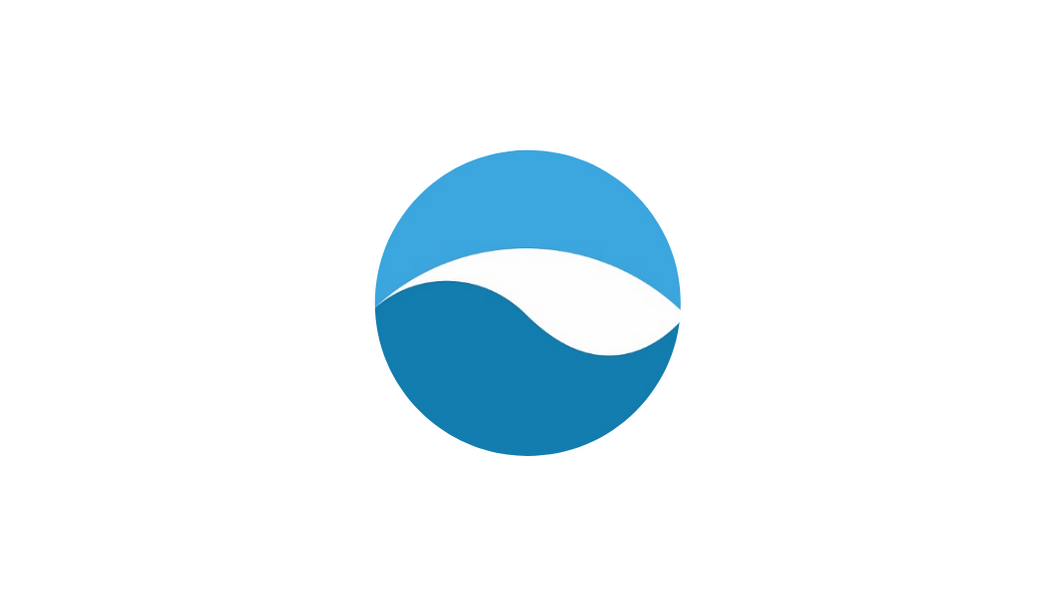Very typical board shapes that include a wider nose are longboards, mini-Malibus and fishboards. All of these boards are slightly wider in shape and contain a lot of volume - and there lies the difference between the different noses - it's all in volume.
Image via boardcave.com
A wider nose means more volume and more flotation. This allows the surfer to paddle faster and therefore enter the wave earlier when the wave is still flatter which makes the take-off and drop into the wave a lot easier. The board will also maintain a higher speed once you're on the wave which is the basis of and a necessity for all manoeuvres. This leads us to one of the most common mistakes on a beginner/intermediate level - if you switch to a pointy/narrow nose too early you will lose paddle power and decrease your wave count.
But why do pointy noses exist then? And why are they so popular? The answer is found in the only disadvantage of a wider nose. Boards with wider shaped noses tend to be less manoeuverable due to their volume. A board with a pointy nose is harder to paddle into waves as it has less flotation, but it makes the board easier to manoeuvre once you're on the wave.
As a general rule we recommend sticking to boards with a wider nose until you're able to turn the board comfortably on the wave. Once you're comfortable with that you can switch to a board with a pointy nose which will make your turns quicker and more radical.
Remember that the board nose is just one aspect that determines how the board behaves in the water. The board shape and size, the volume distribution, the types of fins, the type of wave and, of course, the ability of the surfer - just to name a few - are all factors that determine how the board can be manoeuvred.
Want to feel the difference? Book in and Go Surf today!
















